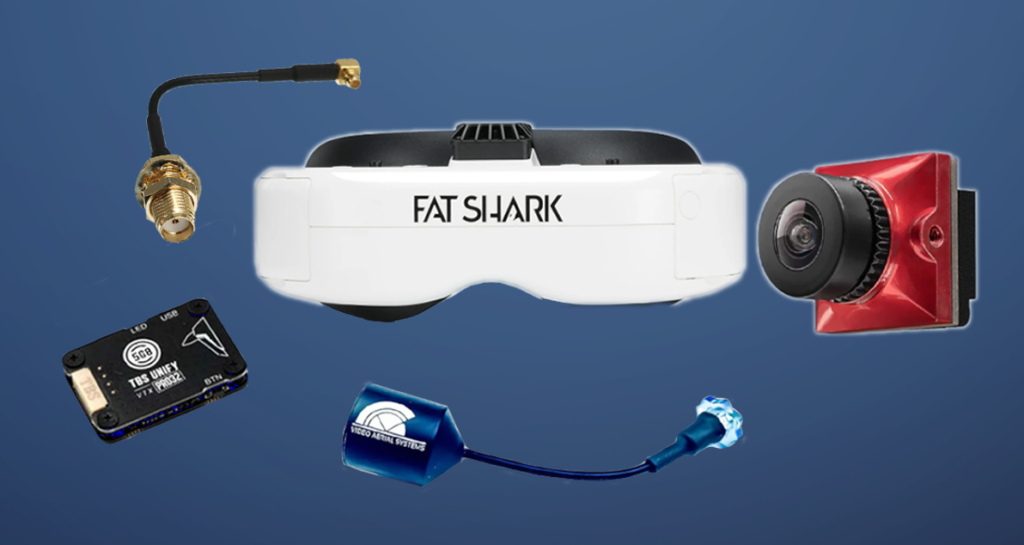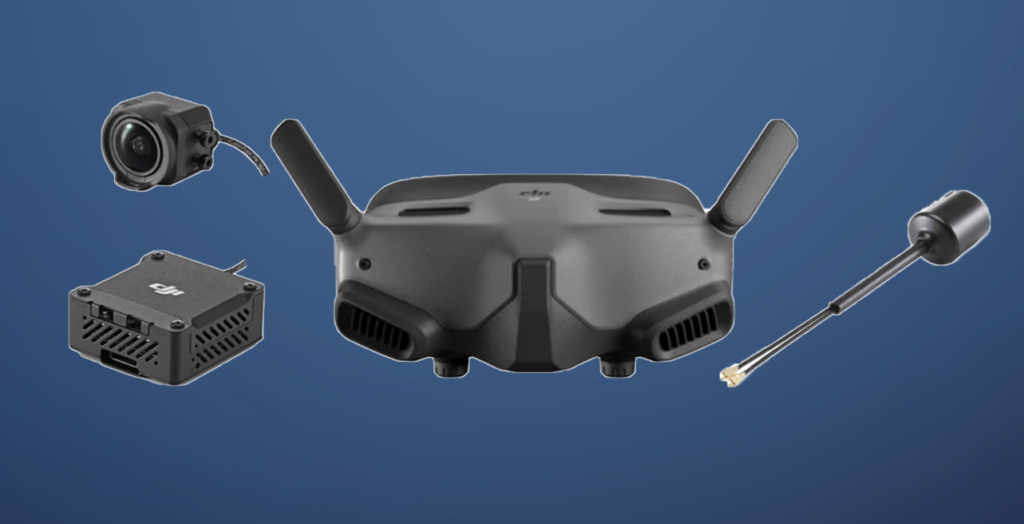ANALOG VS DIGITAL
Analog and digital video transmission are two fundamental methods by which visual information is sent from a camera to a display device. Analog transmits information as a continuous signal, while digital breaks it down into discrete data. Each has its strengths and weaknesses, influencing choices in various applications
Analog Video Transmission:
Signal
❍ Use amplitude modulation (AM) or frequency modulation (FM) to transmit signals.
❍ Signals are susceptible to interference, which can result in static, snow, or signal degradation.
Image Quality:
❍ Video typically has lower resolution compared to digital, often expressed in TV lines.
❍ May experience color distortion and reduced contrast, especially in challenging conditions.
Latency:
❍ Generally have lower latency, providing a real-time experience for the pilot.
Frequency and Channels:
❍ Commonly operate in the 5.8GHz frequency band, divided into different channels (e.g., Bands A, B, E, F, R, L).
❍ Offer multiple channels for pilots to choose, helping avoid interference when flying with others.
Interference and Range:
❍ Susceptible to interference from other electronic devices, potentially leading to signal disruptions.
❍ Have good range capabilities, especially in open environments.

Digital Video Transmission:
Signal Type:
❍ Use complex modulation schemes and encoding to transmit data in binary form.
❍ More resistant to interference, providing a cleaner and more reliable image.
Image Quality:
❍ Offers higher resolutions, often reaching HD or even higher, providing clearer and more detailed images.
❍ Typically maintain better color fidelity and contrast under various conditions.
Latency:
❍ Digital systems may introduce some latency due to the encoding and decoding process, but advancements have reduced this significantly.
Frequency and Channels:
❍ Operate in different frequency bands, often using specific bands designated for digital FPV.
❍ Fewer selectable channels compared to analog, but they often use more advanced frequency management.
Interference and Range:
❍ More resistant to interference, providing a more stable video feed in challenging environments.
❍ Achieve good range capabilities, although environmental factors and specific technologies used play a role.


Compatibility:
Analog and digital systems are not directly compatible. Also in digital system, all components (camera, VTX, receiver) need to be compatible with the chosen digital protocol.
In summary, analog systems are known for their low-latency and ease of use, while digital systems offer superior image quality and resistance to interference. The choice between them often depends on personal preferences, flying conditions, and the specific requirements of the pilot.

